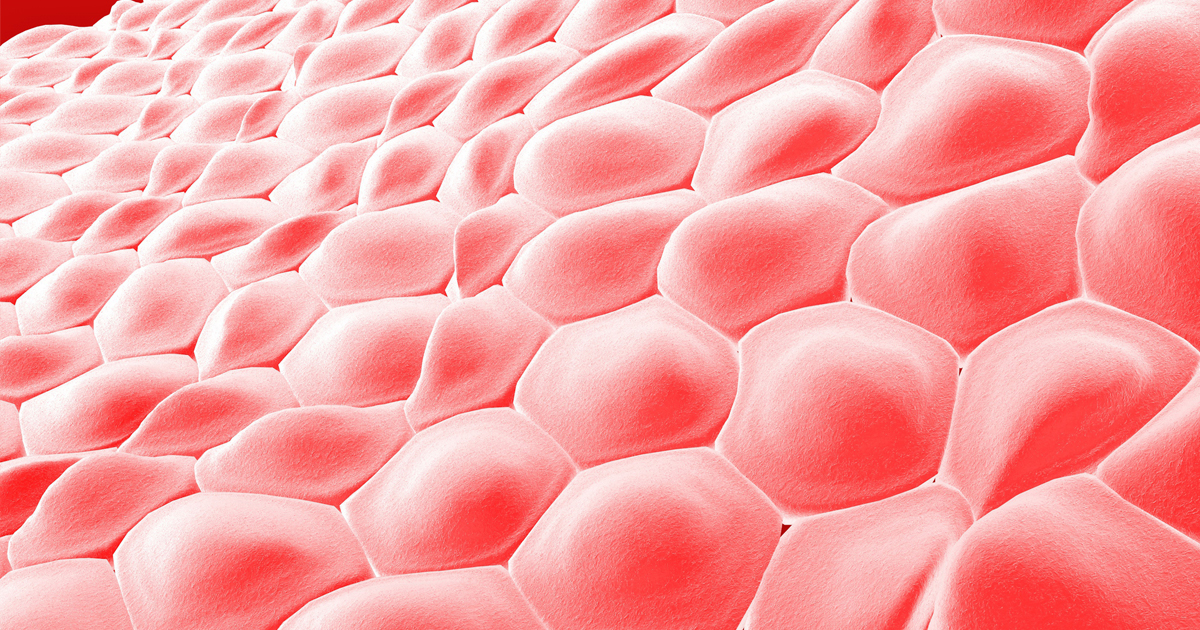- Empty cart.
- Continue Shopping
Understanding the Different Types of Skin Cells

The skin is the largest organ of the human body, serving as a protective barrier against environmental factors like UV radiation, pathogens, and physical injuries. But have you ever wondered what makes up this complex organ? The skin is composed of various types of cells, each with its unique function and role in maintaining skin health.
The Three Main Layers of Skin
Before discussing the types of skin cells, it’s essential to understand the three primary layers of the skin:
- Epidermis: The outermost layer, responsible for providing a waterproof barrier and creating our skin tone.
- Dermis: Located beneath the epidermis, it contains connective tissue, hair follicles, and sweat glands.
- Hypodermis: Also known as the subcutaneous layer, it’s mainly composed of fat and connective tissue.
Types of Skin Cells
Keratinocytes
These are the most abundant cells in the epidermis. Keratinocytes produce keratin, a protein that gives skin its strength and flexibility. These cells start at the bottom layer of the epidermis and gradually move to the surface, where they die and are shed off.
Melanocytes
Located in the lower part of the epidermis, melanocytes produce melanin, the pigment responsible for skin color. Melanin also helps protect the skin from harmful UV radiation. When your skin is exposed to the sun, melanocytes produce more melanin, leading to a tan or darkening of the skin.
Langerhans Cells
These cells act as the skin’s immune system, identifying and eliminating pathogens and foreign substances that come into contact with the skin. Langerhans cells are crucial for initiating immune responses and are found in the epidermis.
Merkel Cells
Found in the basal layer of the epidermis, Merkel cells are responsible for the sensation of touch. They work in conjunction with nerve endings to transmit touch signals to the brain.
Fibroblasts
Located in the dermis, fibroblasts produce collagen and elastin, proteins that provide the skin with its structure and elasticity. As we age, the number of fibroblasts decreases, leading to wrinkles and sagging skin.
Sebocytes
These cells are found in the sebaceous glands, which are located in the dermis. Sebocytes produce sebum, an oily substance that helps moisturize the skin and hair.
Adipocytes
Located in the hypodermis, adipocytes store fat and provide insulation and cushioning for the skin. They also play a role in regulating body temperature.
Finally, understanding the different types of skin cells and their functions can offer valuable insights into how to take care of your skin effectively. From the keratinocytes that provide strength to the melanocytes that offer UV protection, each cell type plays a critical role in maintaining the skin’s health and functionality. By appreciating the complexity of your skin at the cellular level, you can make more informed choices about skincare and better understand the changes your skin undergoes with age, environmental exposure, and other factors. So the next time you think about your skin, remember that it’s not just a simple covering but a complex organ with a variety of specialized cells working in harmony.








